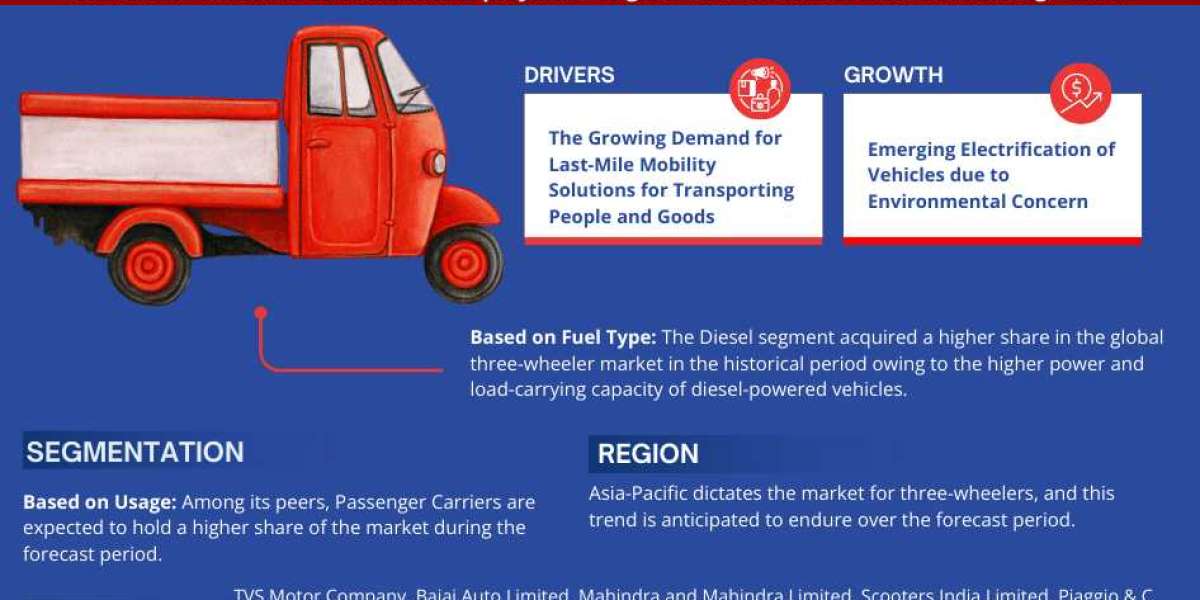Real-time monitoring and data transmission
Io T technology can connect various sensors and devices through the Internet protocol to achieve real-time data transmission and analysis, which has a key impact on air quality. For example, in the field of industrial monitoring, Io T technology can achieve real-time monitoring of factory emissions to ensure the normal operation of industrial waste gas treatment facilities. In the field of smart homes, Io T air quality detection equipment can monitor indoor air quality in real time and automatically adjust air purifiers and other equipment according to the detection data to keep the indoor air fresh. In the field of smart cities, Io T technology can be used to build an urban air quality monitoring network to provide data support for the government to formulate environmental protection policies.
Data analysis and intelligent decision-making
Io T technology plays an important role in data analysis. By analyzing and processing the collected air quality data, a more detailed air quality status report can be obtained. In addition, Io T technology can also improve the accuracy and reliability of air quality monitoring through technologies such as deep learning and machine learning. For example, by analyzing air quality data, Io T technology can provide intelligent decision-making support. For example, when the air quality is poor, Io T technology can send alarms in time to remind relevant personnel to pay attention.
Miniaturization and portability
The Internet of Things technology enables air quality monitoring equipment to be miniaturized and portable, thus achieving widely distributed monitoring. The application of this technology makes air quality monitoring no longer limited to fixed monitoring stations, but can be distributed in all corners of the city, and even individuals can carry equipment for monitoring.
Low-power technology
The development of Internet of Things technology also includes the application of low-power technology, which can extend the service life of monitoring equipment. This is especially important for monitoring equipment that is difficult to replace batteries or cannot be powered continuously.
In general, the application of Internet of Things technology in air quality monitoring has greatly improved the accuracy and efficiency of air quality monitoring, and helped to improve the quality and effectiveness of environmental protection work. Future research directions may be more in-depth to expand the application prospects of Internet of Things technology in the field of air quality monitoring.








